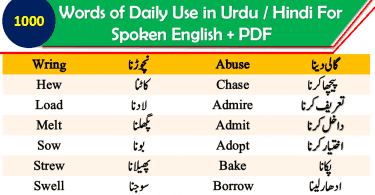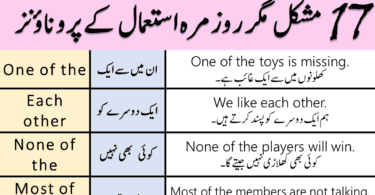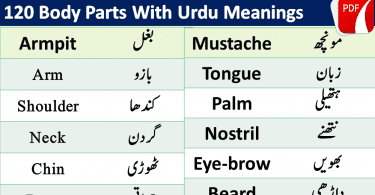Colours name are the words we use to describe how something looks based on light. Words like red, yellow, and blue help us talk about what we see in clothes, fruits, signs, and everyday things.
Some colours feel soft, some look bright, and others are dark. We also use names like sky blue, lime green, or rose pink to describe exact shades. Learning different colours name helps us explain things more clearly in English.
In This Page
List of Colours Names with Pictures
Below is a complete list of colours name in English from A to Z. These names help you describe things more clearly and build vocabulary.
- Amber
- Aqua
- Apricot
- Beige
- Black
- Blue
- Bronze
- Brown
- Burgundy
- Canary
- Charcoal
- Chocolate
- Cobalt
- Coral
- Crimson
- Cyan
- Emerald
- Fuchsia
- Gold
- Gray
- Green
- Indigo
- Ivory
- Jade
- Khaki
- Lavender
- Lemon
- Lilac
- Lime
- Magenta
- Maroon
- Mauve
- Mint
- Mustard
- Navy
- Ochre
- Olive
- Orange
- Peach
- Pearl
- Pink
- Plum
- Purple
- Red
- Rose
- Ruby
- Rust
- Salmon
- Sapphire
- Scarlet
- Silver
- Sky Blue
- Slate
- Tan
- Teal
- Turquoise
- Vermilion
- Violet
- White
- Yellow
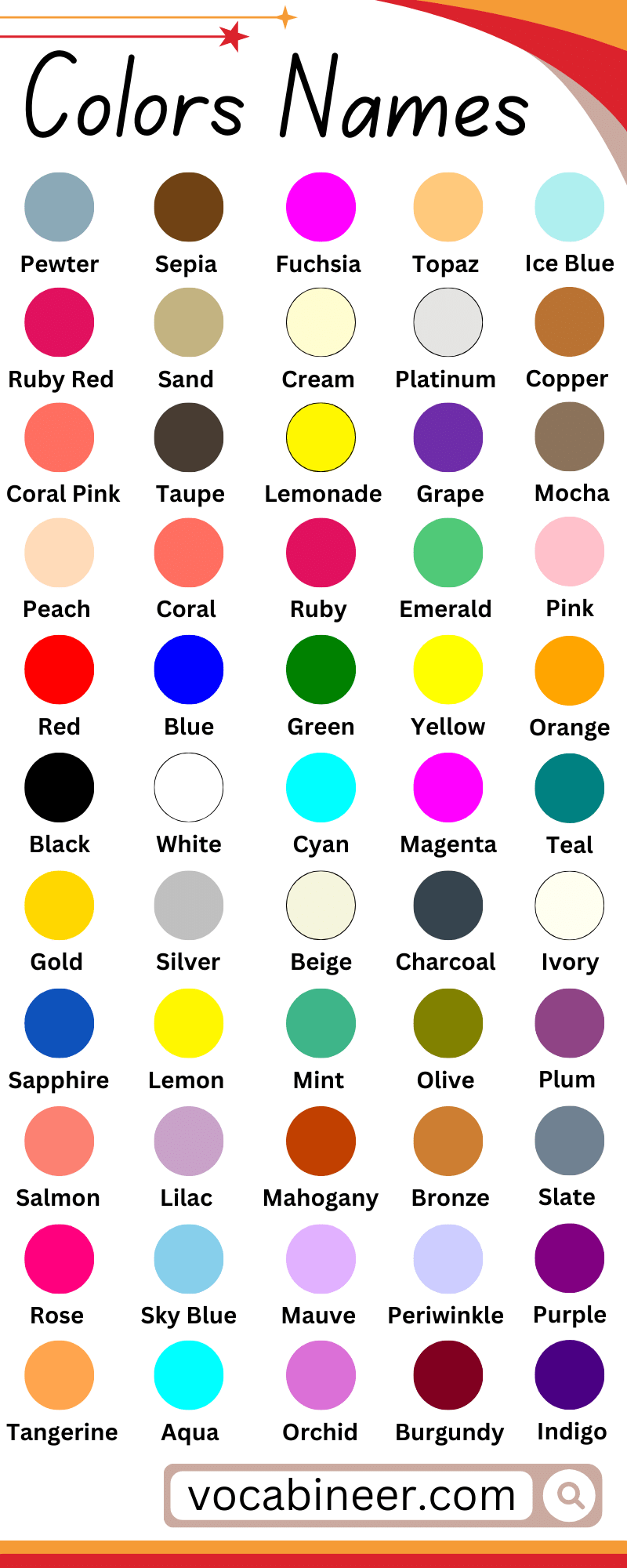
Basic Colours Name for Daily Use
These are the most commonly used colour names in English. They are simple and used in everyday life.
- Red — The apple is red.
- Blue — He wore a blue shirt.
- Yellow — The sun looks yellow.
- Green — Grass is green.
- Black — She has black shoes.
- White — The wall is white.
- Pink — Her dress is pink.
- Brown — I saw a brown dog.
- Orange — He gave me an orange ball.
- Purple — That flower is purple.
- Grey — The sky is grey today.
Primary Colours Name and Their Use
Primary colours are the base colours. You cannot make them by mixing other colours. These colours are used to make all other colours.
- Red — Used in art, signs, and clothes
- Blue — Found in nature, uniforms, and sky
- Yellow — Used in warning signs, flowers, and lights
These colours mix to form secondary colours:
Secondary Colours Name
Secondary colours are made by mixing two primary colours. These colour names help us describe more shades around us, like in signs, clothes, or fruits. Below are common secondary colours name with their basic meanings.
- Orange: This colour comes from mixing red and yellow. You often see it in fruit, traffic cones, or evening skies.
- Green: Made by mixing blue and yellow, green shows up in trees, grass, and vegetables. It’s one of the easiest colours to name.
- Purple: A mix of red and blue, purple appears in flowers, clothes, and some foods. It can be soft or deep depending on the mix.
- Violet: Often grouped with purple, violet has a bluer tone. You’ll see it in some flowers and art supplies like markers or paints.
- Teal: A greenish-blue shade made by adjusting the mix. Teal is common in fabric, walls, and school supplies.
- Magenta: This colour is between red and purple and appears in markers, digital prints, and packaging. It’s bright and easy to recognize.
100 Colours Name with Picture in English
Below is a full chart of 100 colour names often used in design, fashion, painting, and daily speech.
Yellow
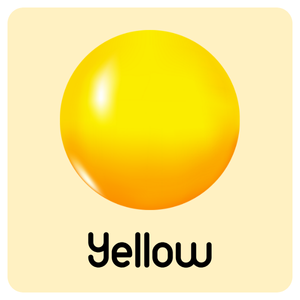
White
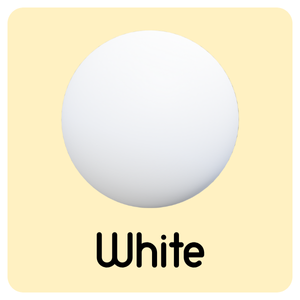
Violet
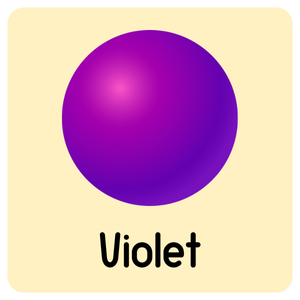
Vermillion
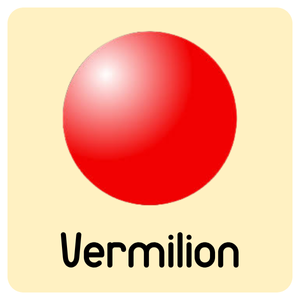
Turquoise
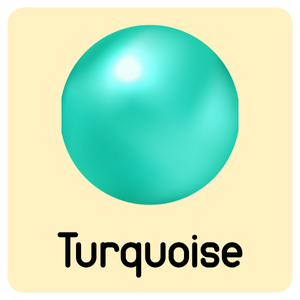
Teal
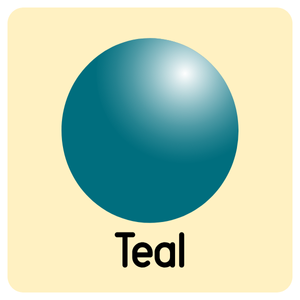
Tan
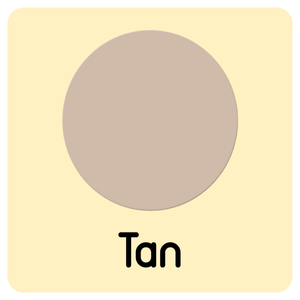
Slate
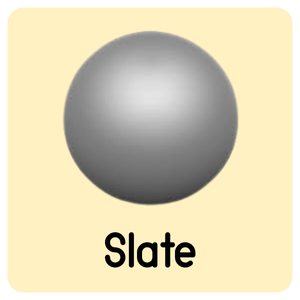
Sky Blue
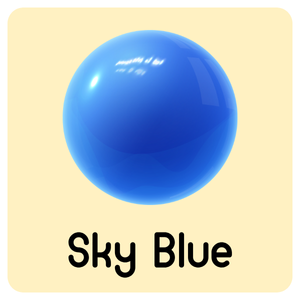
Silver
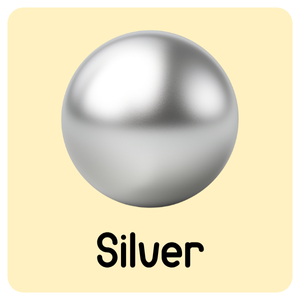
Scarlet
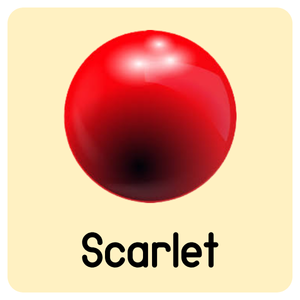
Sapphire
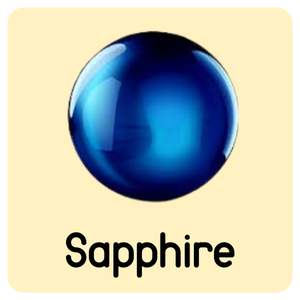
Salmon
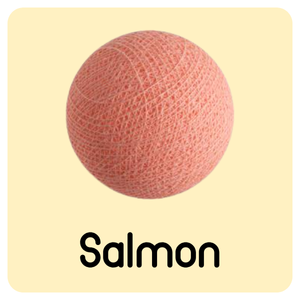
Rust
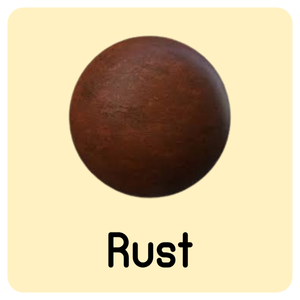
Ruby
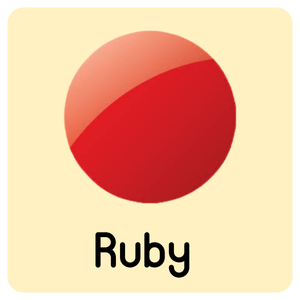
Rose
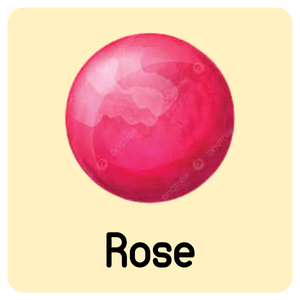
Red
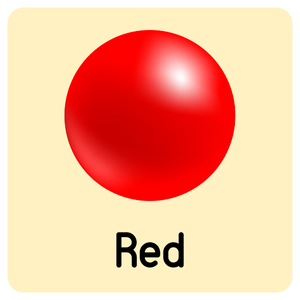
Purple
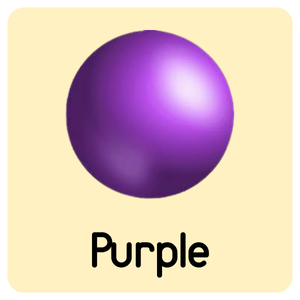
Plum

Pink
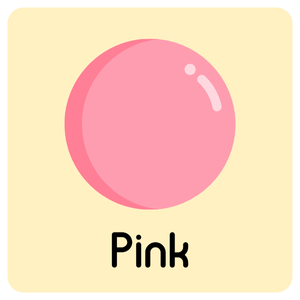
Pearl
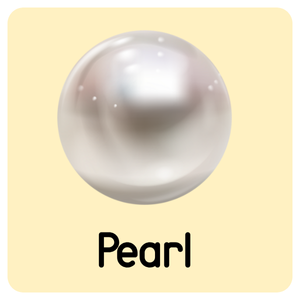
Peach
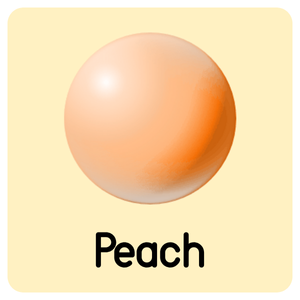
Orange
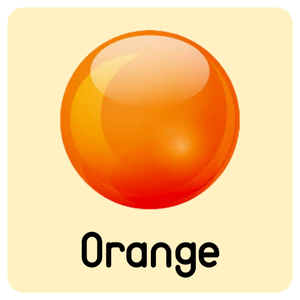
Olive
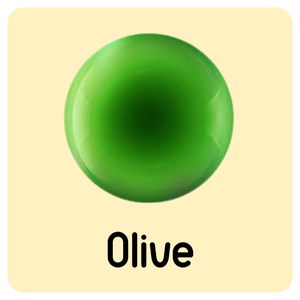
Ochre

Navy
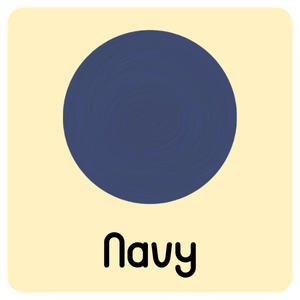
Mustard
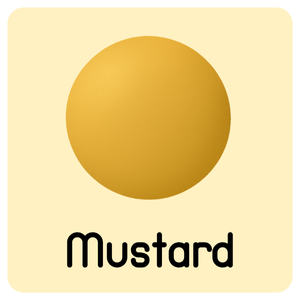
Mint
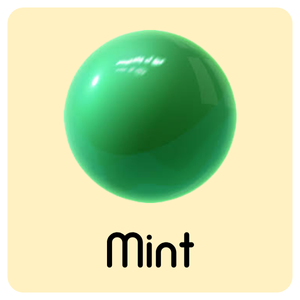
Mauve
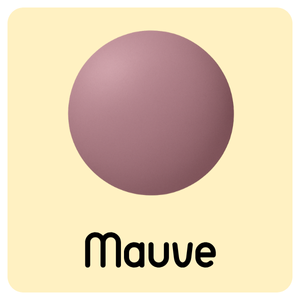
Maroon
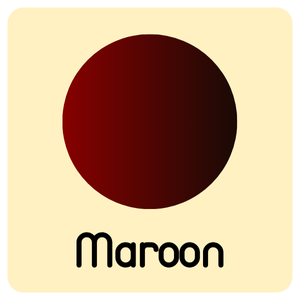
Magenta
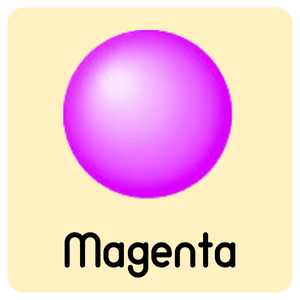
Lime
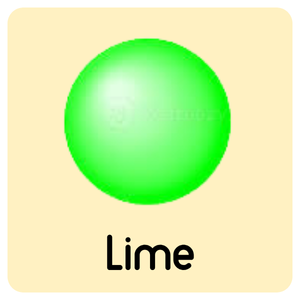
Lilac
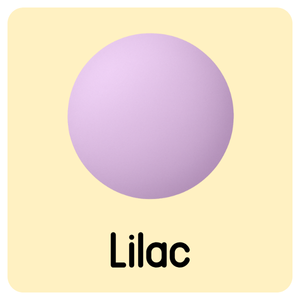
Lemon
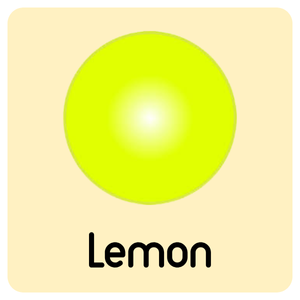
Lavender
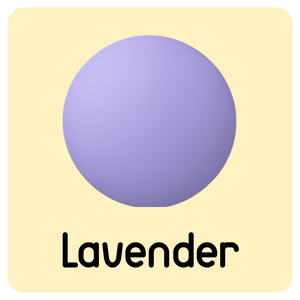
Khaki
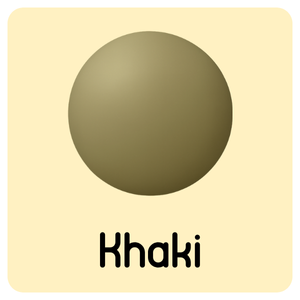
Jade
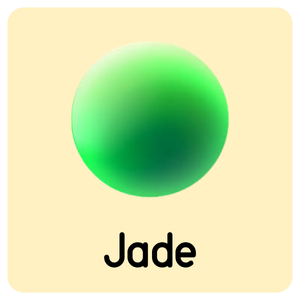
Ivory
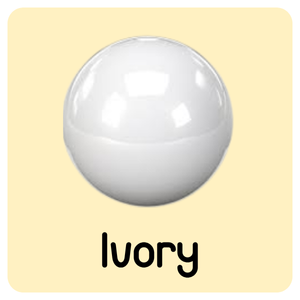
Indigo
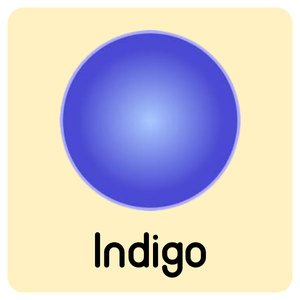
Green
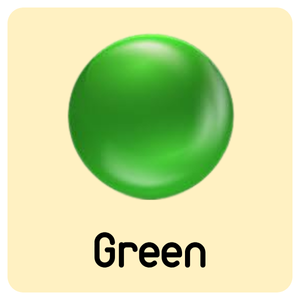
Gray
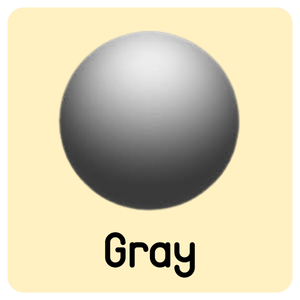
Gold
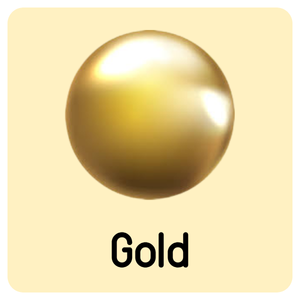
Fuchsia
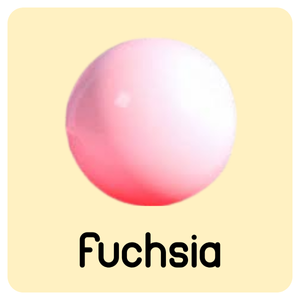
Emerald
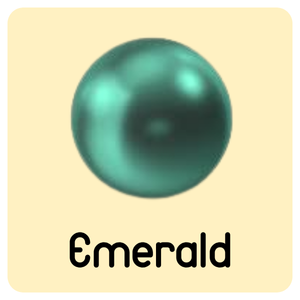
Cyan
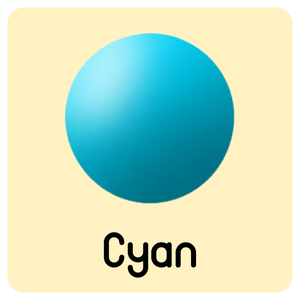
Crimson
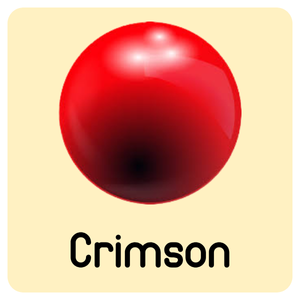
Coral
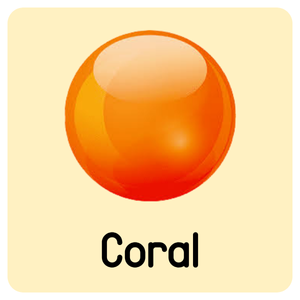
Cobalt
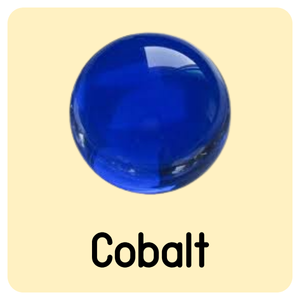
Chocolate
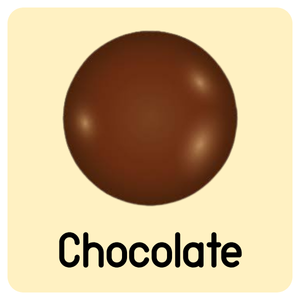
Charcoal
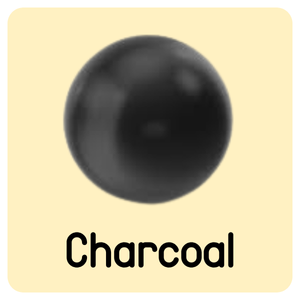
Canary
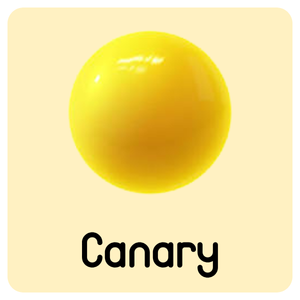
Burgundy
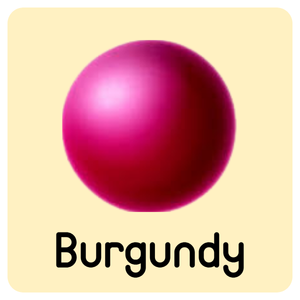
Brown
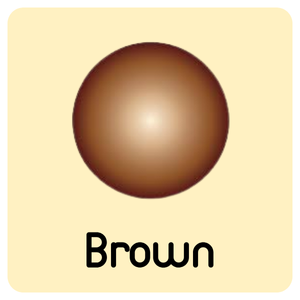
Bronze
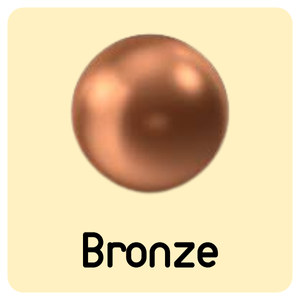
Blue
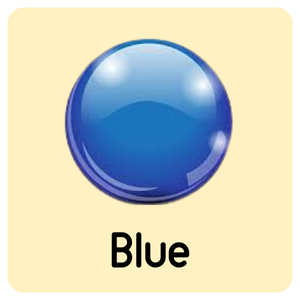
Black
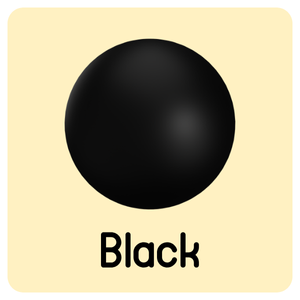
Beige
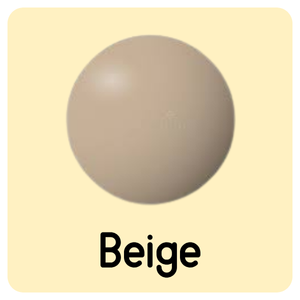
Aqua
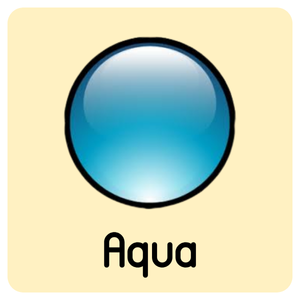
Apricot

Amber
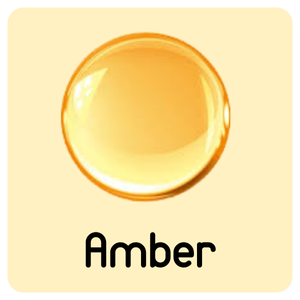
Colours Name for Kids to Learn Easily
Here are simple colours that kids can learn quickly with examples.
- Red — Red apple
- Blue — Blue balloon
- Green — Green leaf
- Yellow — Yellow banana
- Black — Black cat
- White — White cloud
- Pink — Pink flower
- Orange — Orange carrot
- Purple — Purple grapes
- Brown — Brown bear
- Grey — Grey elephant
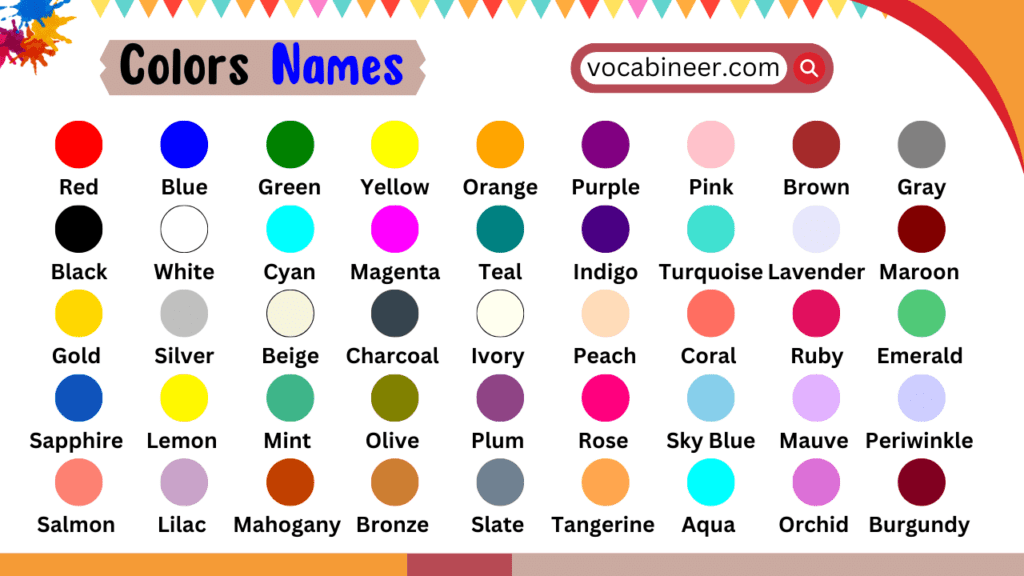
Colours Name Chart
Below is a printable colours name chart for classroom or home learning. It includes basic and advanced colour names in English with examples.
| Color | Name | Use in a Sentence |
|---|---|---|
| 🔴 | Red | Apples are red and juicy. |
| 🟠 | Orange | I wore an orange shirt today. |
| 🟡 | Yellow | The sun is bright yellow. |
| 🟢 | Green | Grass is green and soft. |
| 🔵 | Blue | The sky looks blue in the daytime. |
| 🟣 | Purple | She has a purple backpack. |
| ⚫ | Black | My shoes are black. |
| ⚪ | White | Snow is white and cold. |
| 🟤 | Brown | The tree trunk is brown. |
| 🌸 | Pink | The flowers are pink and beautiful. |
| ⚪🟡 | Cream | The walls are painted cream. |
| 🩶 | Grey | Elephants are grey in color. |
| 🟧 | Peach | I ate a soft peach fruit. |
| 💙 | Navy Blue | His jacket is navy blue. |
| 💚 | Olive Green | Olive green is a calm color. |
Rainbow Colours
The rainbow has seven colours that always follow the same order. These colours help learners describe light, nature, weather, and objects using accurate colour words.
- Red: You often see red in apples, roses, and stop signs. It’s the first colour in the rainbow.
- Orange: This bright mix of red and yellow shows up in fruit, traffic tools, and classroom folders.
- Yellow: Common in lemons, sunflowers, and school buses, yellow is one of the most visible colours outdoors.
- Green: Found in trees, leaves, and vegetables, green sits in the middle of the rainbow and means life in many cultures.
- Blue: Skies and oceans often look blue. It’s a cool shade used in shirts, pens, and backpacks.
- Indigo: Indigo has a dark, deep tone between blue and violet. It’s seen in denim, shadows, and ink.
- Violet: You’ll find violet in flowers, paints, and markers. It finishes the rainbow and is close to purple in tone.
FAQs about Colours Name in English
Red, Blue, Yellow, Green, Black, White, Pink, Brown, Orange, Purple, Grey.
Primary colours are Red, Blue, and Yellow. These cannot be made by mixing other colours.
There are hundreds of colours in English, but around 100+ are commonly used in daily life.
“Color” is American English. “Colour” is British English. Both mean the same.
Knowing colour names helps in describing things clearly, improving vocabulary, and understanding English better.
Read More


